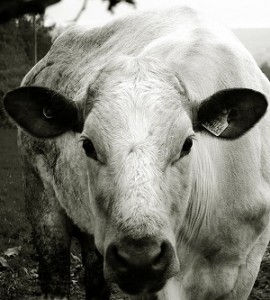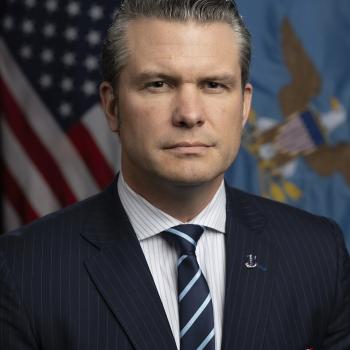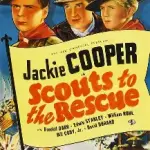Apparently, it’s okay to secretly film abuse of cattle, chickens and other animals at agricultural facilities.
But apparently, it’s NOT okay to secretly film abuse of unborn fetuses in Planned Parenthood clinics and research centers.
And I’m trying to understand exactly WHY.
* * * * *

In Boise, U.S. District Court Judge B. Lynn Winmill ruled on Monday, August 3, that the First Amendment protects animal rights activists who secretly filmed abuse as part of an undercover investigation at farms and slaughterhouses.
The ruling overturns Idaho’s so-called “ag gag” law, which bans secretly filming inside industrial agricultural operations without the owner’s permission. The law was passed in 2012, after the animal welfare group Mercy For Animals released undercover videos of workers at Bettencourt Dairies’ Dry Creek Dairy in Hansen, Idaho, punching and jumping on cows.
According to KTVB.com:
A coalition of animal activists, civil rights groups and media organizations sued the state more than a year ago, opposing the so called “ag gag” law. The coalition said the law curtailed freedom of speech and made gathering proof of animal abuse a crime with a harsher punishment than the penalty for animal cruelty.
…Idaho lawmakers approved the law in 2014 after the state’s $2.5 billion dairy industry complained that videos of cows being abused at a southern Idaho dairy filmed in 2012 unfairly hurt their business.
Animal rights groups have cheered the court’s decision. The judge’s ruling may ultimately invalidate similar legislation which protects farmers and agricultural facilities in Montana, Utah, North Dakota, Missouri, Kansas, Iowa and North Carolina from greater scrutiny.
* * * * *

And that brings me to the story that’s all over the news this week: the temporary restraining order issued by U.S. District Judge William Orrick in San Francisco, prohibiting the Center for Medical Progress from releasing recordings, names, addresses or dates gathered at meetings with officials of the National Abortion Federation and its members.
Orrick’s ruling was a response to the NAF’s claims that they would suffer “harrassment, intimidation and even violence” if the Center for Medical Progress was permitted to circulate the incriminating videos. Judge Orrick has now extended the temporary restraining order to August 27; at the end of the month, a hearing will determine whether the CMP should be permanently barred from releasing the videos.
* * * * *
Okay, is your irony meter beeping yet?
Set aside the revelation by The Federalist and other sources that Judge Orrick is married to a pro-abortion activist, Caroline “Linie” Farrow Orrick, who has reportedly expressed support even for infanticide. One might wonder why Judge Orrick did not recuse himself from this case; but let’s move on.
And set aside, if you will, the fact that the judge’s restraining order apparently applies only to video and audio captured by CMP with NAF officials, presumably at a meeting where their investigators posed as tissue brokers. That’s an easy work-around for the CMP, which can easily edit the remaining videos to delete scenes directly quoting NAF officials, but it doesn’t provide the protection the judge might have wanted to impose on behalf of Planned Parenthood.
Here’s my question: How can these two judicial rulings exist on the same planet?
If you–like me–are having a hard time reconciling these two decisions, don’t you kinda hope that both the San Francisco and the Boise District Court decisions will end up at the Supreme Court on the same day?














